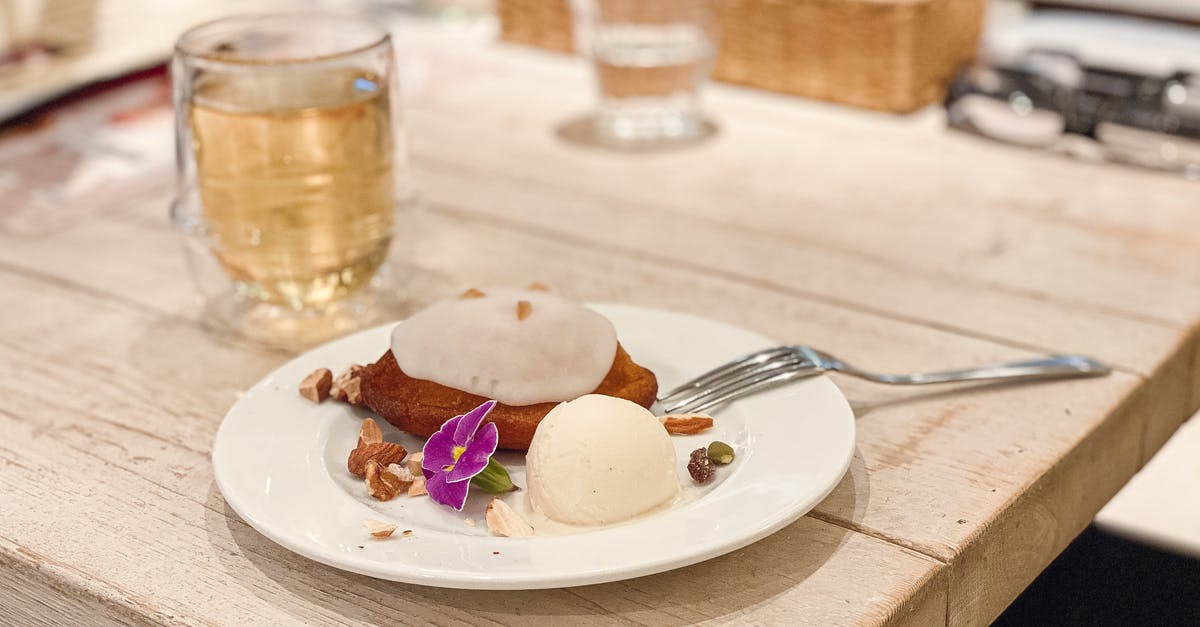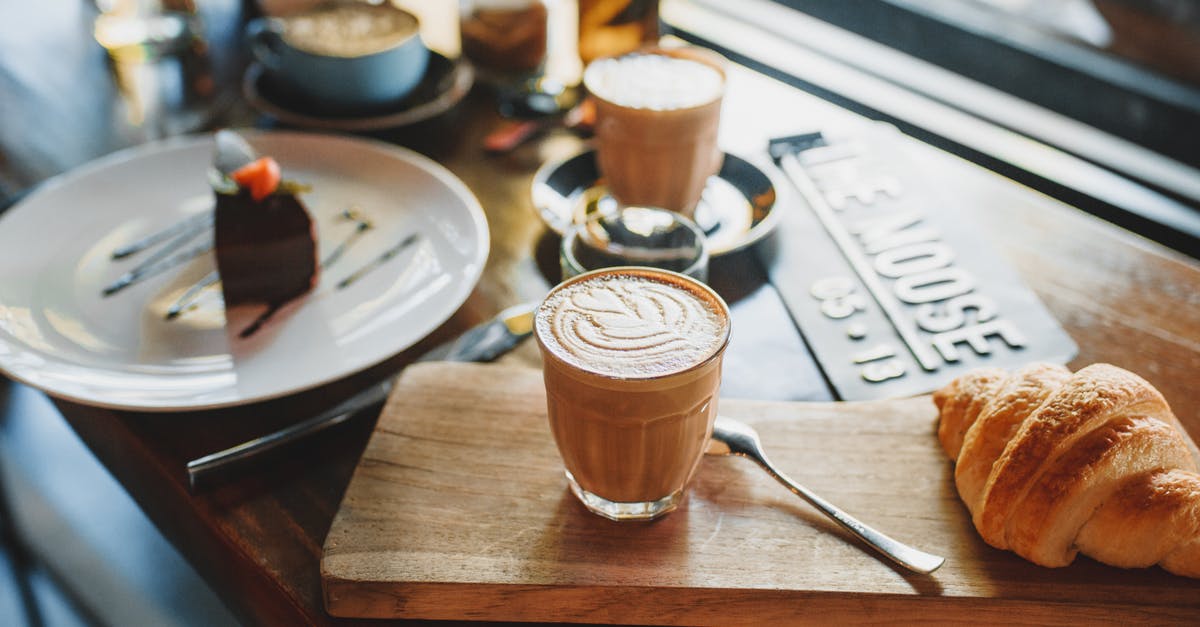How can I eat or drink chocolate as Montezuma would have consumed it in pre-Columbian Mexico?

I know that pre-Columbian chocolate was less sweet and more bitter, but I can't find a recipe for it. That fact probably means that it doesn't taste great, but I'd like to try it anyway.
The closest I've come was a recipe for "how the Spaniards transformed Montezuma’s favorite spicy beverage with the addition of alcohol."
Best Answer
Chocolate recipe was different for rituals or medicinal purposes. The recipes talk about adding some of the following: vanilla, powdered chilli, flowers as gueyncaztle, mecasuchil, maize as filler, honey, tlacoxoshitl..
Here is the recipe for Mexican hot chocolate from Food and Feasts with the Aztecs, Imogene Dawson (p. 29). It is adapted for modern kitchens:
Mexican hot chocolate Ingredients 1/2 lb semisweet cooking chocolate 4 cups milk 1/4 teaspoon ground cinnamon 2 drops vanilla 1. Break the chocolate into small pieces. Put the pieces in the top of a double boiler or into the heatproof bowl.
- Fill the bottom of the double boiler or a large saucepan with cold water. Then bring the water to a boil. Turn the heat down so that the water continues to boil gently.
- Put the container with the chocolate over the one with the boiling water. With a wooden spoon, stir the chocolate until it has melted.
- Measure out the milk and pour it into another saucepan. Heat the milk gently but do not let it boil. Pour the melted chocolate into the hot milk.
- Add the cinnamon and the vanilla to the mixture and bring the mixture to a boil.
- Turn the heat down and whisk the mixture for 2 minutes until it is foaming.
- Pour the chocolate into mugs and use the small whisk to whisk the chocolate again, so that there is foam on the top of each mug.
Montezuma dined with Cortes and his Spanish Officers. At this meal the Mexica/Aztec king reportedly drank chocolate from cups of pure gold. Hernán Cortés then wrote:
These seeds which are called almonds or cacao are ground and made into powder, and other small seeds are ground, and this powder is put into certain basins with a point... and then they put water on it and mix it with a spoon. And after having mixed it very well, they change it from one basin to another, so that a foam is raised which they put in a vessel made for the purpose. And when they wish to drink it, they mix it with certain small spoons of gold or silver or wood, and drink it, and drinking it one must open one's mouth, because being foam one must give it room to subside, and go down bit by bit. This drink is the healthiest thing, and the greatest sustenance of anything you could drink in the world, because he who drinks a cup of this liquid, no matter how far he walks, can go a whole day without eating anything else"
Source: http://www.foodtimeline.org/foodmaya.html#hotchocolate
I recommend you to read Chapter 8 "From Bean to Beverage", page 100 on the book–180 on the PDF– of History, Culture and Heritage, Louis Evan Grivetti & Howard-Yana Shapiro
Pictures about "How can I eat or drink chocolate as Montezuma would have consumed it in pre-Columbian Mexico?"



How did Montezuma drink chocolate?
Originally prepared only as a drink, chocolate was served as a bitter liquid, mixed with spices or corn puree. It was believed to be an aphrodisiac and to give the drinker strength.How was chocolate originally eaten?
The Aztec King Montezuma was rumored to drink 50 cups a day out of a golden goblet for its powerful stimulating and aphrodisiac qualities.How much hot chocolate did Montezuma drink daily?
By the 15th century, the Aztecs used cocoa beans as currency. They believed that chocolate was a gift from the god Quetzalcoatl, and drank it as a refreshing beverage, an aphrodisiac, and even to prepare for war.What Aztecs Were Eating Before European Contact
More answers regarding how can I eat or drink chocolate as Montezuma would have consumed it in pre-Columbian Mexico?
Answer 2
According to Marcy Norton's Sacred Gifts, Profane Pleasures: A History of Tobacco and Chocolate in the Atlantic World, in pre-Columbian Mesoamerica, as well as afterwards, chocolate was eaten as a frothy drink, and spiced with chili. She doesn't give a specific recipe, but the book is a really great study of not only the foodways but cultural context of the consumption of these native American products, which can help one to understand how one might try to approximate the early American chocolate. Of course, as @GdD has pointed out the exact species may be extinct (or at least it has continued to evolve under the anthropogenic selection of commercial breeding) but we can try to approximate it.
Answer 3
Well, it depends on how authentic you want to be...and how involved.
First option, I mentioned in the comments - there are chocolate elixirs available for purchase at a company called kakawa chocolates. From what I've read, these are as historically authentic as one can get, they use archaeological research and written records from the conquistadors. Not a lot of work on your end, but it should do the job with only an outlay of cash-money.
Second option, you can look up recipes, if you can figure out good search terms. Since I'd already known kakawa chocolates, searching for a copycat recipe found this one: a mayan chile elixer that looks reasonable, using unsweetened chocolate, and honey instead of processed sugar. Searching for something like "authentic chocolate drink aztec" (or mayan, or omitting drink for solid versions) may find some recipes. One at allrecipes seems simple enough, another at cdkitchen has similar ingredients but seems to have processes looking to replicate authentic texture, this other one from kitchenreport has more handwavy amounts but a much more rustic process if you want to start from near-scratch, and this last one from yucatanadventure looks like it may well be an authentic, researched recipe. Searching for xoacoatl, which is apparently one of the original names, may also yield some good recipes - one here at uncle phaedrus, here's another one at almoustine, they both start from raw beans, but if that's a bit much this one from meltingmug looks a bit easier.
Third option is to do the research yourself and get really historical recipes. A couple places mention the Spanish conquistadors written records, as a good place to start from. Historical recipes can be pretty tricky, its best to find someone willing to translate - especially since they assume familiarity with the basic cooking techniques instead of spelling out all the steps, which makes it a bit hard for those starting from scratch, and some of the ingredients or processes they take for granted are quite different now, and doubly especially since the beginning language isn't english, which may well make it harder to track down good translations.
You'd want to look at historical and cultural sources first and foremost, to get at the original accounts, since most recipe collections tend not to include the source material, just a summary for interest. This will take a lot of work and research, but it can be fun - I've an interest in medieval recipes, so I'm a bit familiar reading about the difficulty (and fun) of working with accurate historical documents, and dealing with cultural and temporal translations.
Sources: Stack Exchange - This article follows the attribution requirements of Stack Exchange and is licensed under CC BY-SA 3.0.
Images: DLKR, ROMAN ODINTSOV, ROMAN ODINTSOV, Marta Dzedyshko
